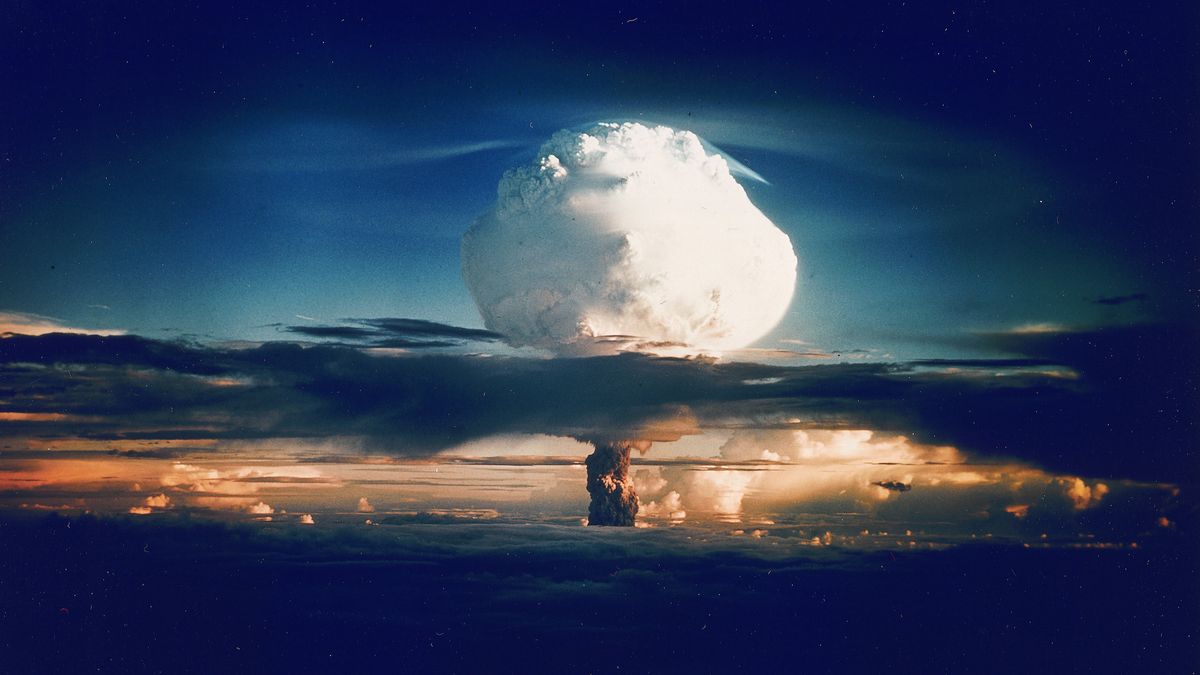
The United States is developing a massive nuclear bomb that will be 24 times more powerful than those used against Japan during WWII. The Pentagon, according to the US Department of Defense, is seeking Congressional approval for the program, which aims to build a “modern variant of the B61 nuclear gravity bomb, which will be designated the B61-13.”
“Today’s announcement is reflective of a changing security environment and growing threats from potential adversaries,” Assistant Secretary of Defense for Space Policy John Plumb said in the release.
“The United States has a responsibility to continue to assess and field the capabilities we need to credibly deter and, if necessary, respond to strategic attacks and assure our allies,” he added.
What is B61-13?
The new bomb’s maximum yield will be 360 kilotons. To put this figure into context, the bomb dropped on Hiroshima had a yield of 15 kilotons.
The B61-13 would also be roughly 14 times larger than the 25-kiloton bomb dropped on Nagasaki.
According to a Pentagon fact sheet, the powerful new bomb “will include the modern safety, security, and accuracy features of the B61-12.”
Modern aircraft and release notes would be capable of delivering the new bomb, providing the US president with new options for striking enemies and broad military targets more effectively.
If approved, the bomb would replace some of the current B61-7s in the US nuclear stockpile rather than increasing the total stock.
“The B61-13 represents a reasonable step to manage the challenges of a highly dynamic security environment,” Plumb said. “While it provides us with additional flexibility, production of the B61-13 will not increase the overall number of weapons in our nuclear stockpile,” he added.
Earlier this month, the United States conducted a high-explosive experiment at a nuclear test site in Nevada
The development comes amid rising tensions with Russia and China over the issue of the Comprehensive Nuclear-Test-Ban Treaty.
Russia withdrew its ratification of the treaty earlier this month, paving the way for the country to conduct a nuclear test.
Earlier this month, the United States conducted a high-explosive experiment at a nuclear test site in Nevada, escalating tensions between the two countries.
According to US officials, the test was meant to advance “our efforts to develop new technology in support of U.S. nuclear nonproliferation goals.”
